Cotyledon Succulents: 25 Varieties You Need to See to Believe
Are you ready to be blown away by some seriously mind-bending succulents? Get this – there’s a whole group of funky plants called Cotyledon succulents that will make you do a double take! With their wild shapes, vibrant colors and out-of-this-world patterns, these South African natives are like little green aliens landed straight from another planet.
But don’t be fooled by their quirky looks – cotyledons are total pros when it comes to low-maintenance charm. Once you feast your eyes on these 25 unbelievable varieties, you’ll be adding them to your must-have plant collection ASAP. Let’s dive into this weird and wonderful world!
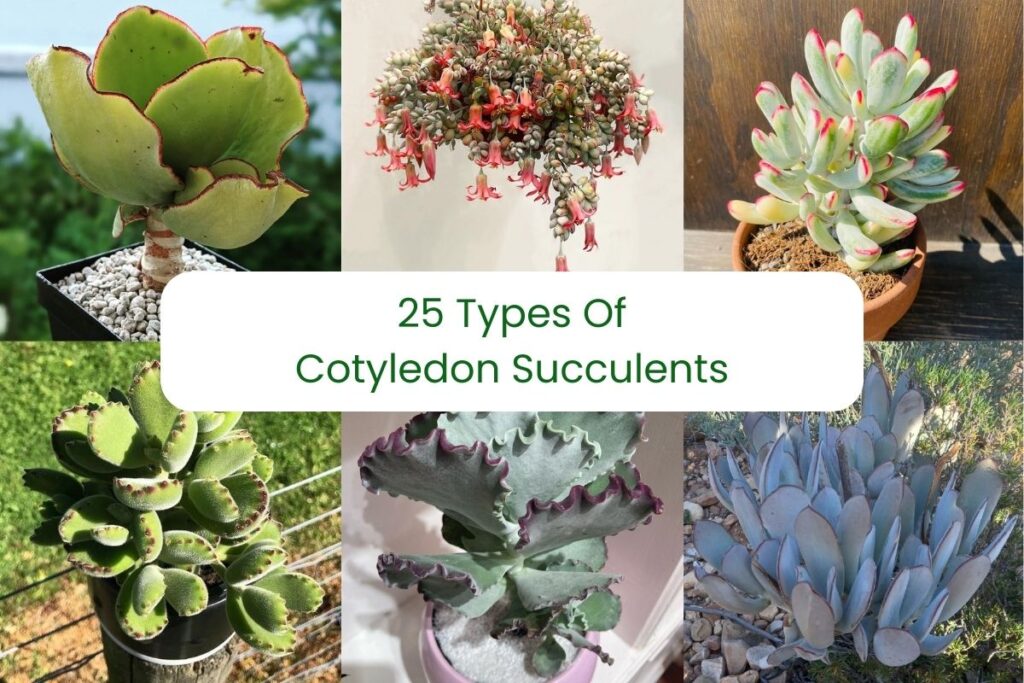
Contents
- 1 Types of Crazy Cool Cotyledon Succulents
- 1.1 Cotyledon adscendens
- 1.2 Cotyledon barbeyi (Bushveld Cotyledon)
- 1.3 Cotyledon campanulata (Bell Pig’s Ear)
- 1.4 Cotyledon cuneata (Sticky Pig’s Ears)
- 1.5 Cotyledon egglii
- 1.6 Cotyledon eliseae
- 1.7 Cotyledon ‘Happy Young Lady’
- 1.8 Cotyledon orbiculata (Pig’s Ear)
- 1.9 Cotyledon orbiculata var. spuria (Purple Pig’s Ear)
- 1.10 Cotyledon orbiculata var. dactylopsis (Finger Pig’s Ear)
- 1.11 Cotyledon orbiculata var. flanaganii (Flanagan’s Pig’s Ear)
- 1.12 Cotyledon orbiculata ‘Elk Horns’
- 1.13 Cotyledon orbiculata ‘Oophylla’ (Lady Fingers)
- 1.14 Cotyledon orbiculata var. undulata (Silver Ruffles)
- 1.15 Cotyledon orbiculata f. takbok
- 1.16 Cotyledon orbiculata var. oblonga (Chalk Fingers)
- 1.17 Cotyledon orbiculata var. oblonga ‘Macrantha’
- 1.18 Cotyledon orbiculata ‘Silver Storm’
- 1.19 Cotyledon papillaris (Sprawling Pig’s Ears)
- 1.20 Cotyledon pendens
- 1.21 Cotyledon tomentosa (Bear’s Paw)
- 1.22 Cotyledon tomentosa subsp. ladismithiensis
- 1.23 Cotyledon velutina
- 1.24 Cotyledon woodii
- 1.25 Cotyledon xanthantha (Still Bay Pig’s Ears)
- 2 How To Care For Cotyledon Succulents
- 3 How To Propagate Cotyledon Succulents
Types of Crazy Cool Cotyledon Succulents
Cotyledon adscendens
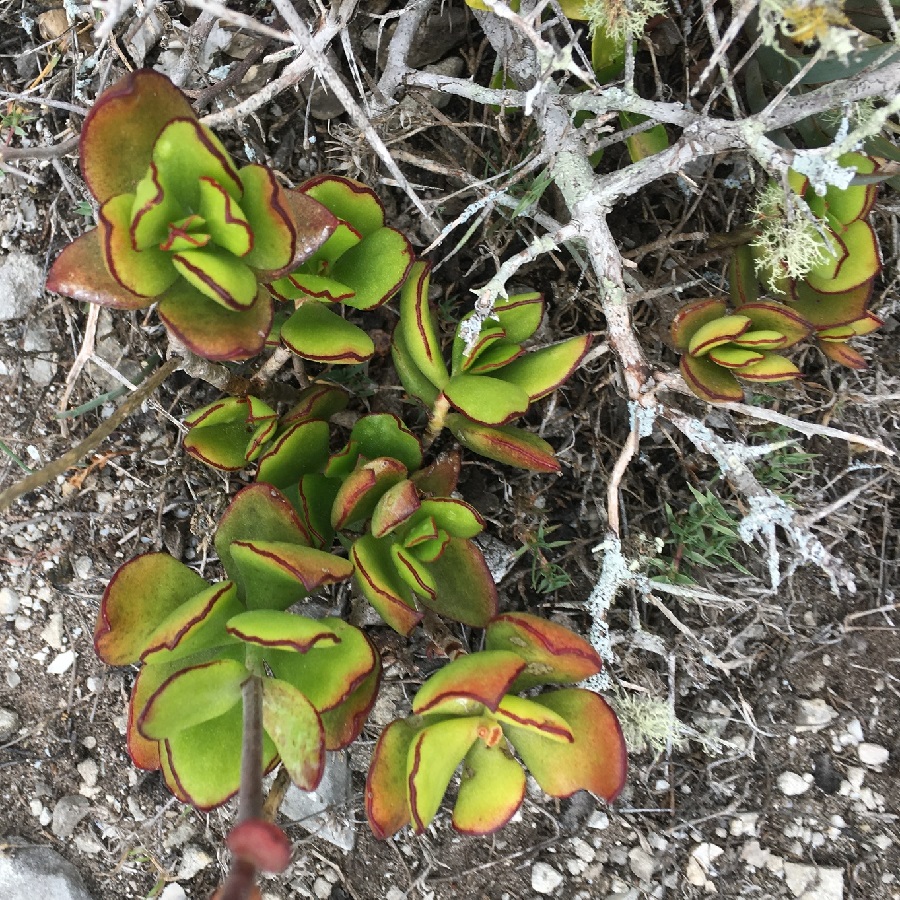
Prepare to have your mind blown by this towering 6 feet tall succulent! The adscendens looks like a stately green plant…until you spot those fire-red leaf edges. With tubular orange flowers popping up, it’s a surefire showstopper.
Cotyledon barbeyi (Bushveld Cotyledon)
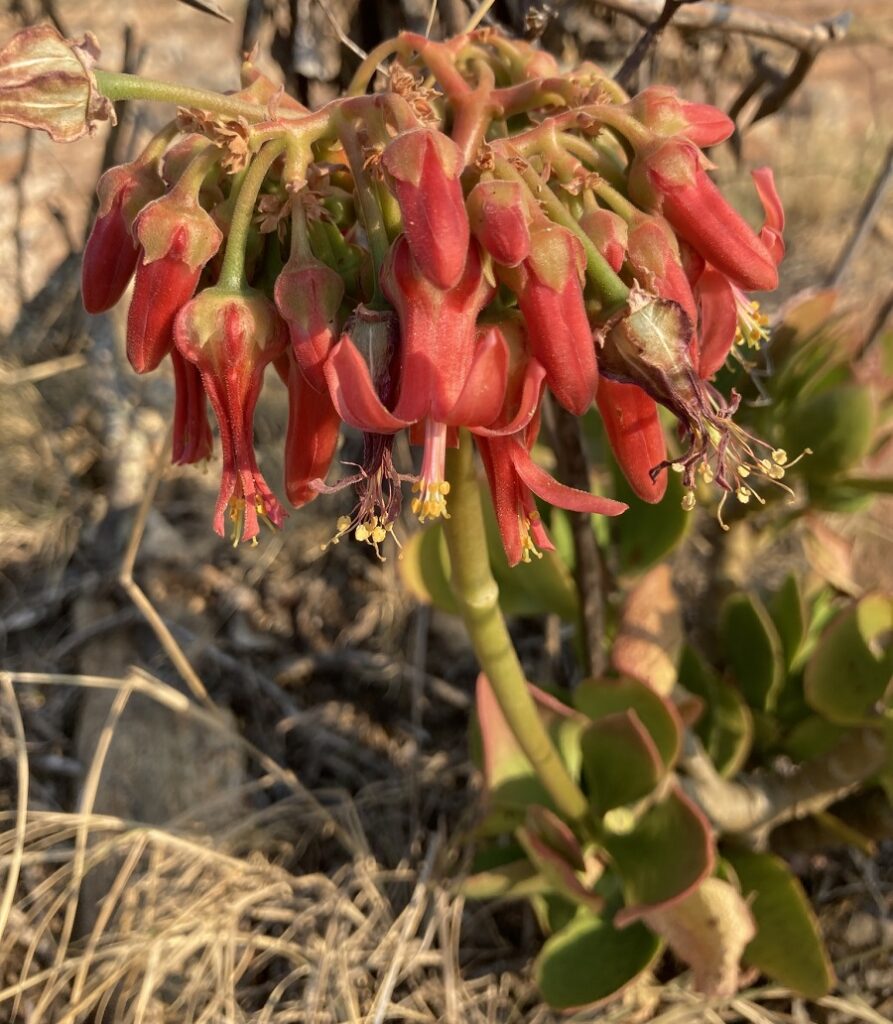
Don’t let the gangly 3-6 feet height fool you – this cotyledon flexes glossy red satin blooms that are stunning. A real rugged beauty from the African bushveld!
Cotyledon campanulata (Bell Pig’s Ear)
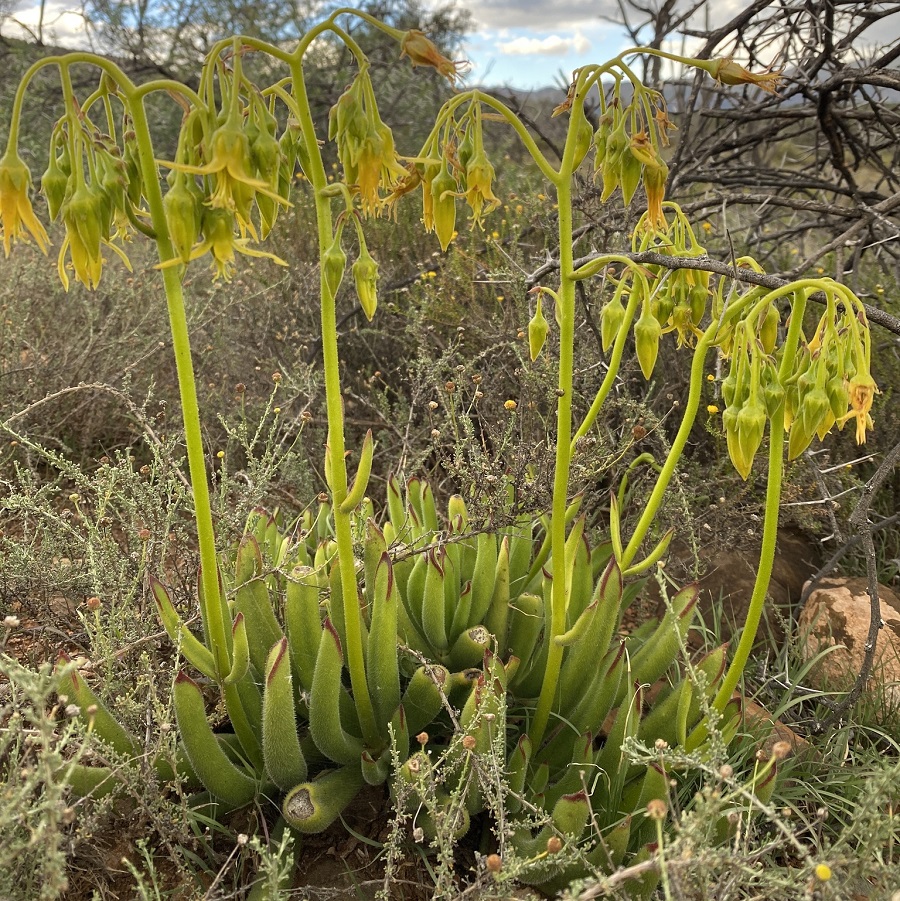
Get a load of this funky compact grower! Covered in furry finger-like green leaves, it shoots out cheerful yellow bell flowers. At just 8 inches tall, it’s the perfect petite pick.
Cotyledon cuneata (Sticky Pig’s Ears)
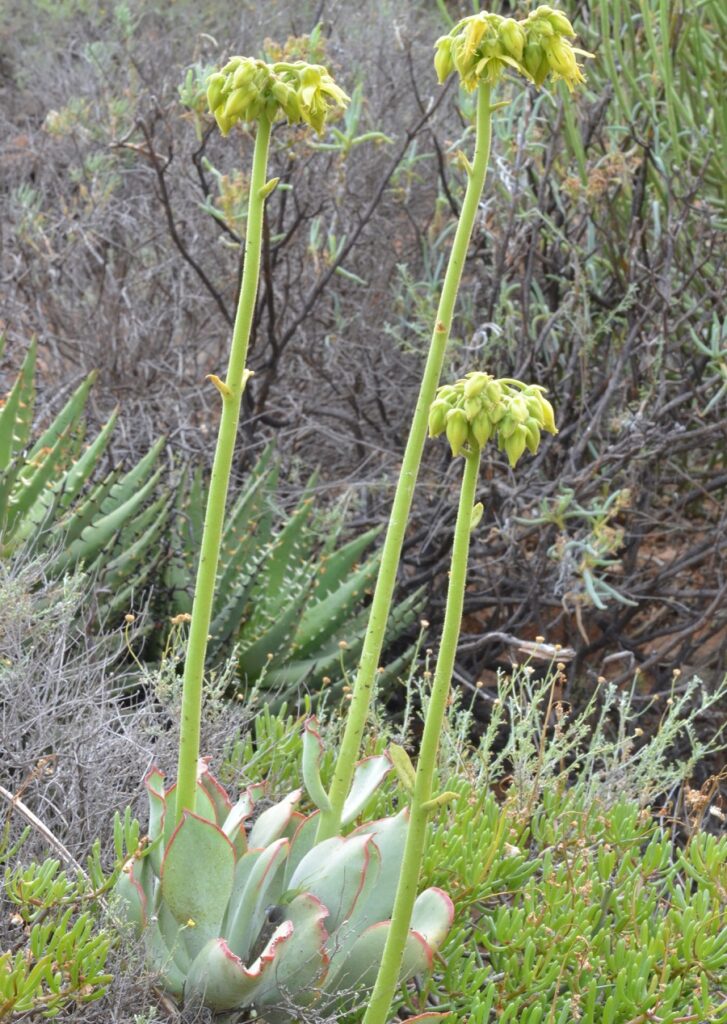
With its weird wavy leaves and gooey yellow flowers, this one is an acquired taste visually. But stick around – it’s a total character once you get to know it!
Cotyledon egglii
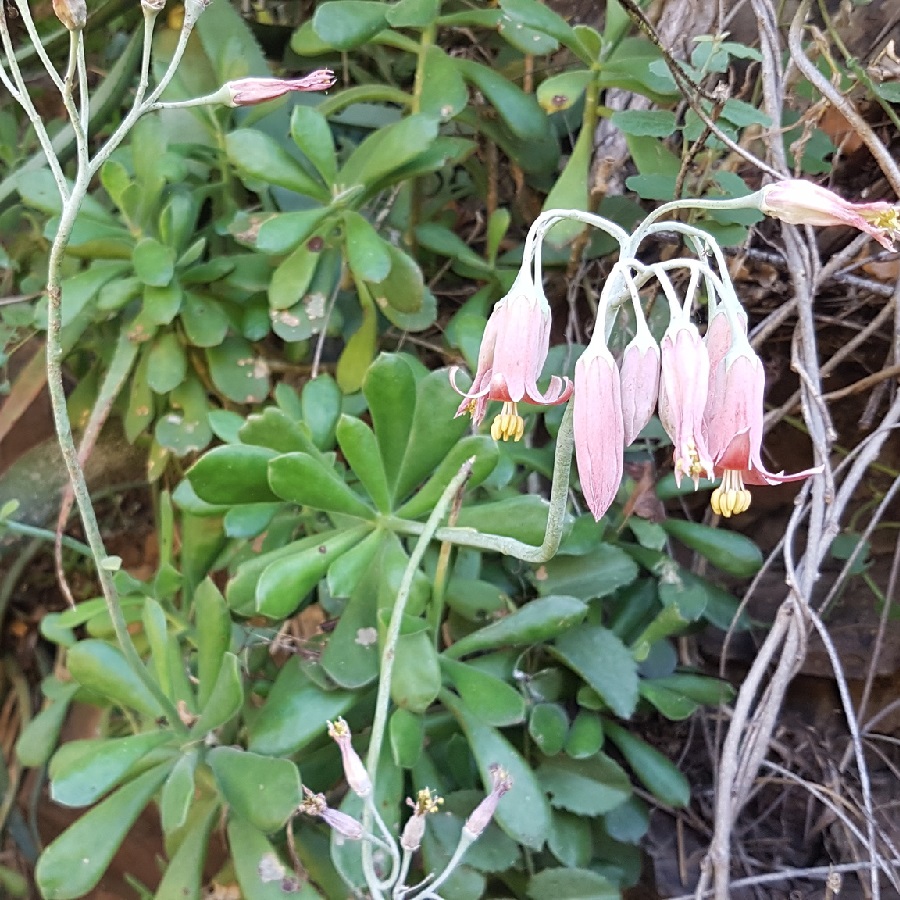
Let’s raise a glass to this sculptural, orange-blooming succulent that comes straight outta rocky mountains. Feel free to refer to it as “Barberton’s finest”!
Cotyledon eliseae
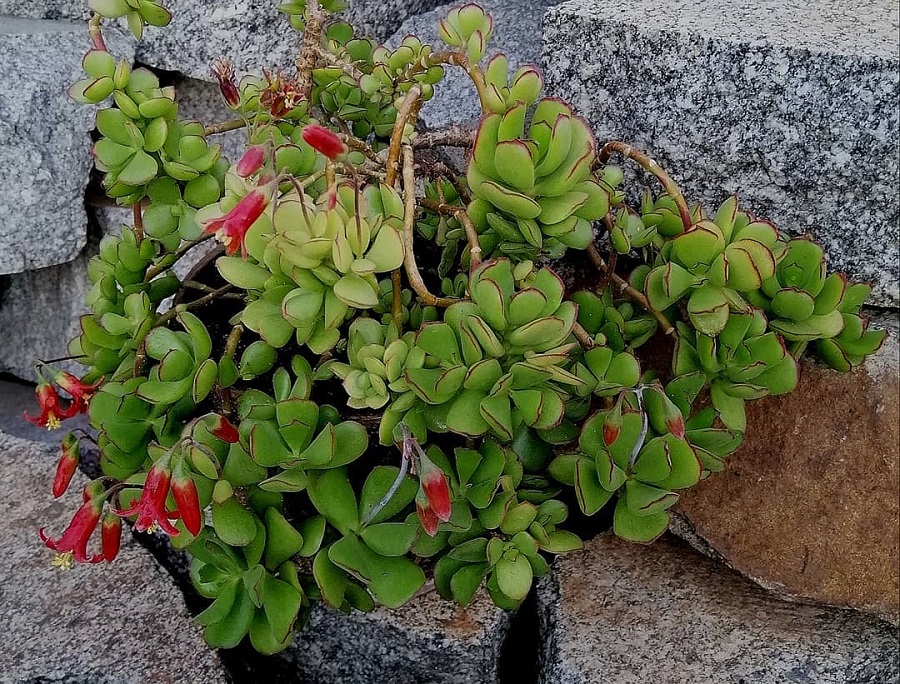
This compact firecracker only grows 8 inches tall but packs a punch with sizzling red-orange blooms. It’s sticky foliage is a great conversation starter too.
Cotyledon ‘Happy Young Lady’
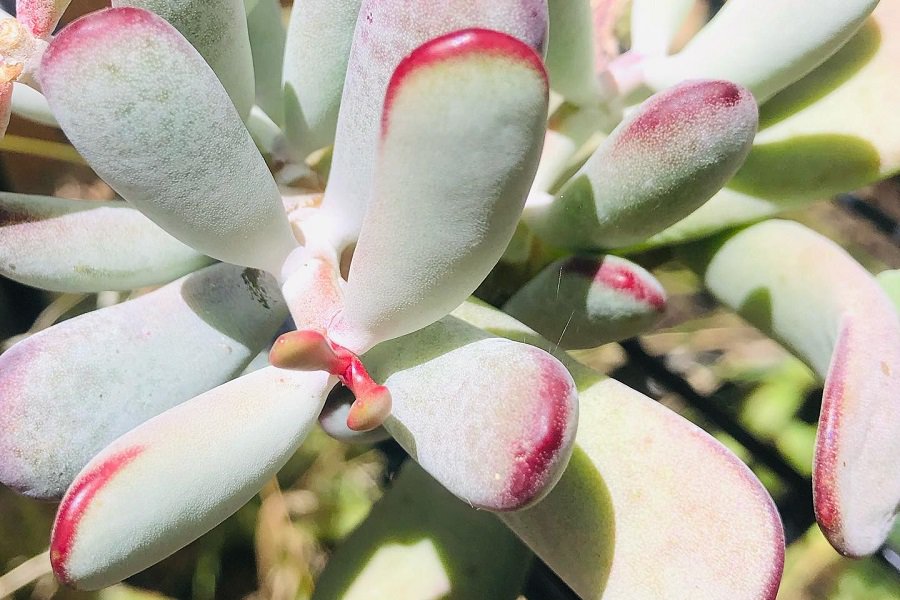
Don’t you just love an upbeat plant? This dense bluish hybrid has finger leaves tipped with maroon “nail polish” and adorable bell flowers. Always radiating good vibes!
Cotyledon orbiculata (Pig’s Ear)

Let’s hear it for the big mama of the cotyledon fam! This ultra variable species comes in tons of wild varieties with names like Finger, Purple, Staghorn and more. Bring on the leaf ruffly/tubey red or yellow bloomers!
Cotyledon orbiculata var. spuria (Purple Pig’s Ear)
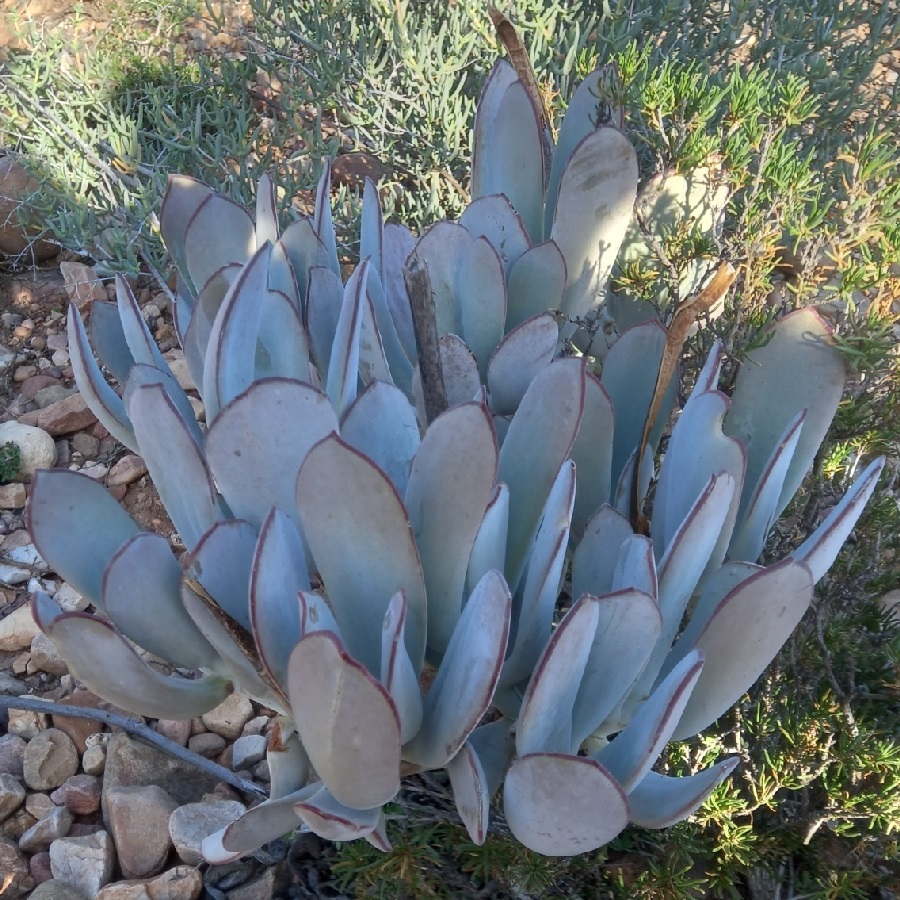
This vibrant member of the orbiculata clan goes by “Purple Pig’s Ear” – how great is that?! Its stunning blue-purple foliage with white freckles gives it a totally unique look. Just be careful with the toothy leaves and wear gloves when handling this prickly character.
Cotyledon orbiculata var. dactylopsis (Finger Pig’s Ear)
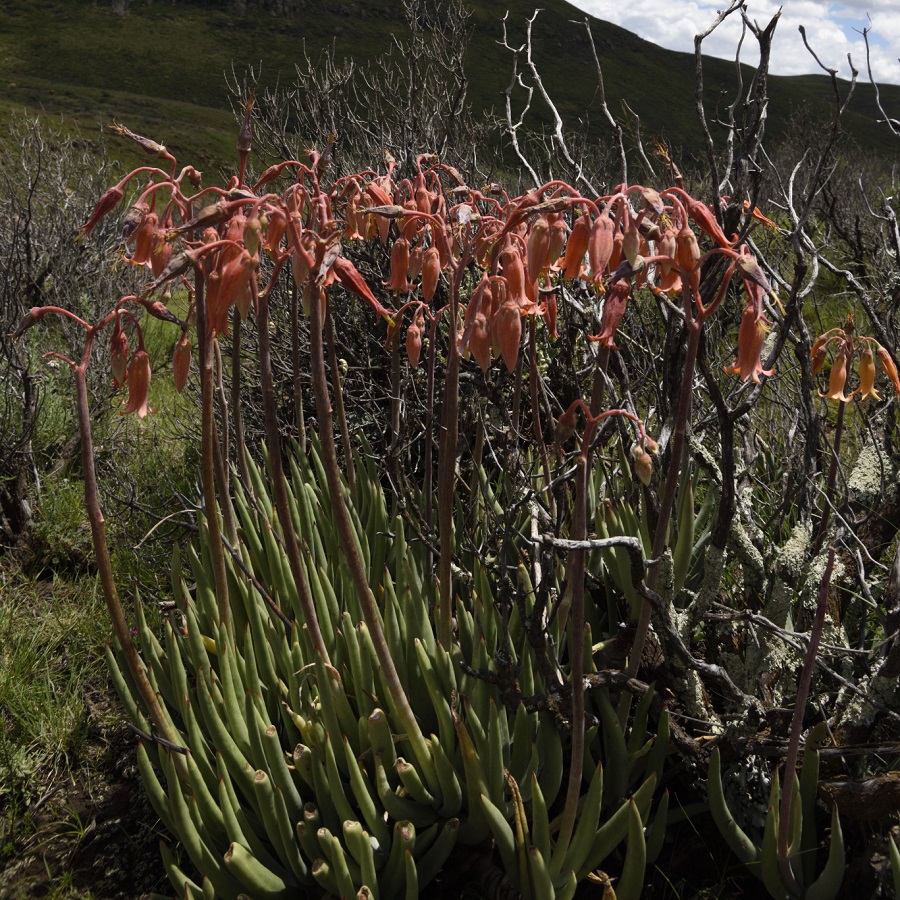
As its fun nickname suggests, dactylopsis is rocking some crazy elongated finger-like leaves. This zany variety earns bonus points for being a total safe pick around kids and pets. Let those chubby green fingers run wild in your garden!
Cotyledon orbiculata var. flanaganii (Flanagan’s Pig’s Ear)
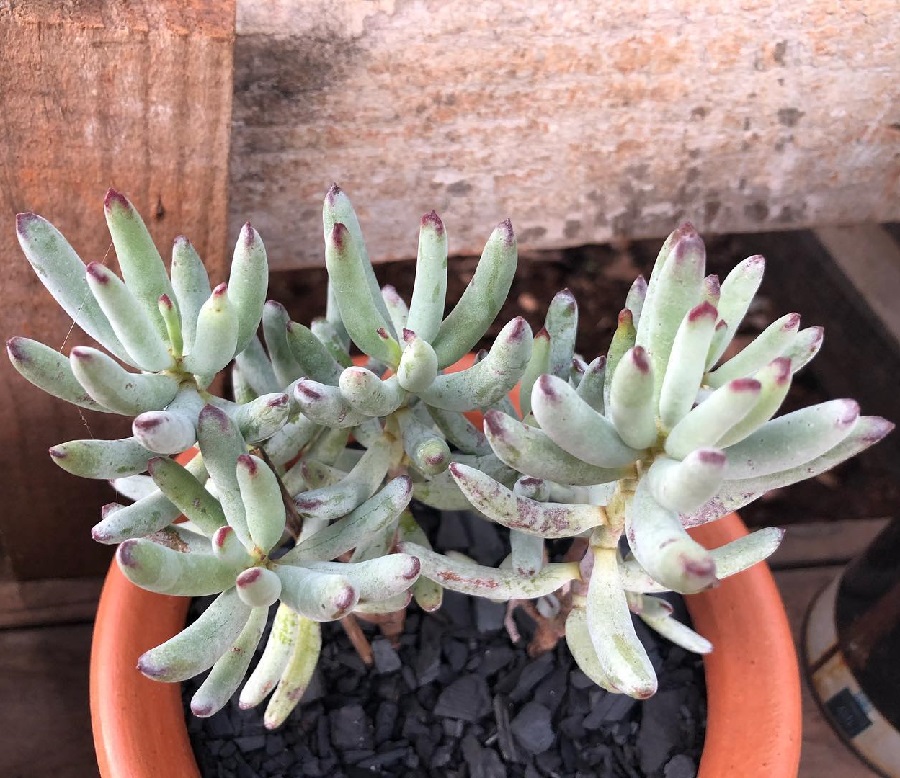
Don’t let the cute name fool you – Flanagan’s Pig’s Ear is all drama with its whorled spiky leaves radiating out in a rosette shape. This evergreen show-stopper can stretch 2 feet tall when it’s fully living its best life.
Cotyledon orbiculata ‘Elk Horns’
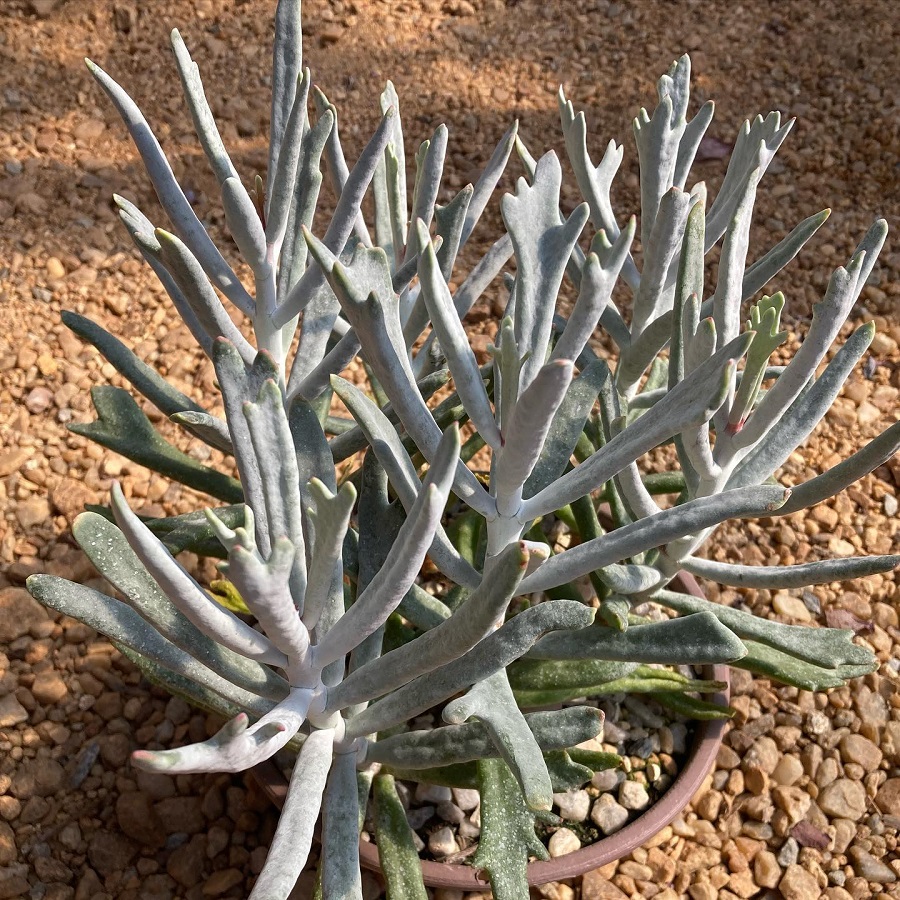
Speaking of crazy nicknames, check out ‘Elk Horns’ spawning antler-like flat silver leaves up to 18 inches wide. Now that’s one majestic “rack”!
Cotyledon orbiculata ‘Oophylla’ (Lady Fingers)
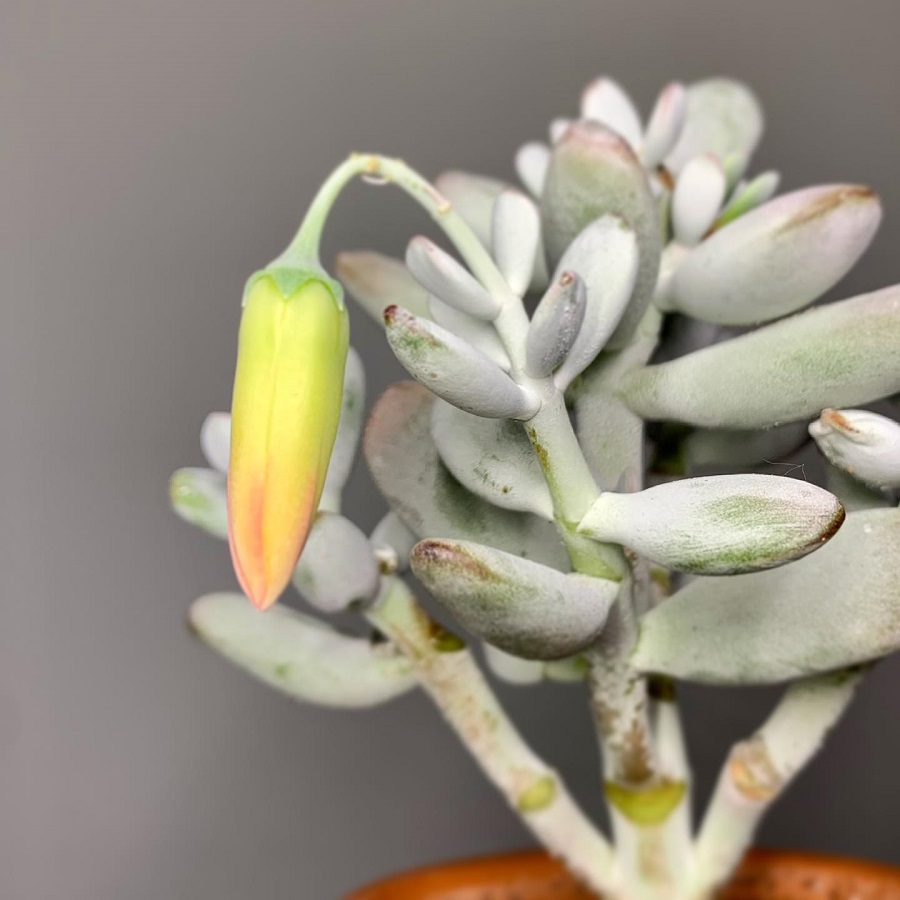
Every garden deserves a lady, right? This elegant number waves round powdery grey-green leaves tipped with plum “nails” and dainty orange flowers. A refined yet fuss-free beauty.
Cotyledon orbiculata var. undulata (Silver Ruffles)
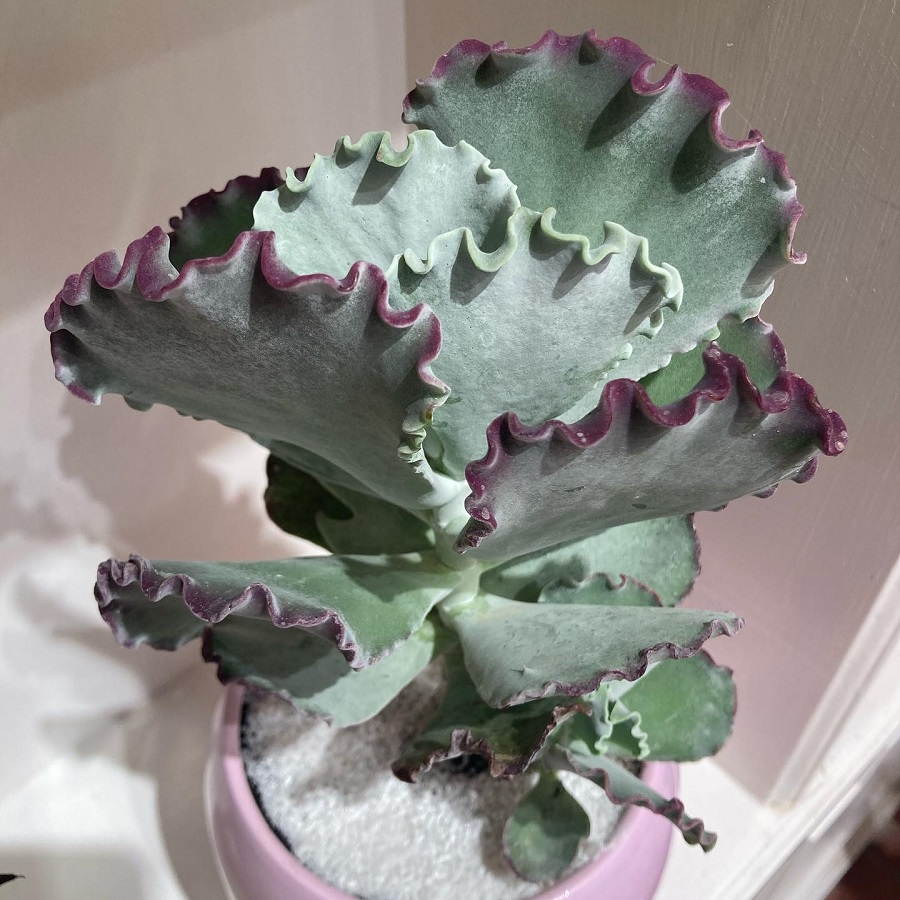
Haute couture for plants? This sculpted succulent brings major texture with its ruffled silver powder-coated leaves sprouting from thick white stems. The perfect structural accent.
Cotyledon orbiculata f. takbok
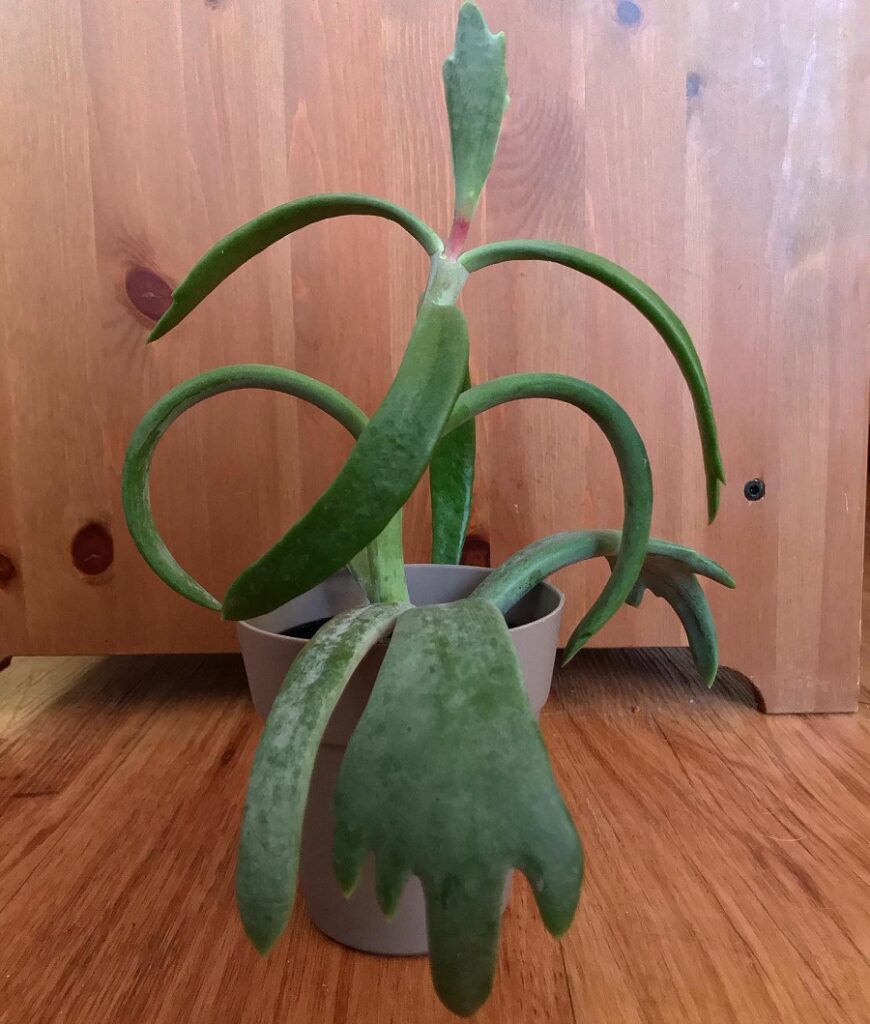
Wait till you see this one’s wild makeover in sunlight! The green ‘Takbok’ unfurls funky lobed antler-like leaves and shines with cheery orange blooms.
Cotyledon orbiculata var. oblonga (Chalk Fingers)
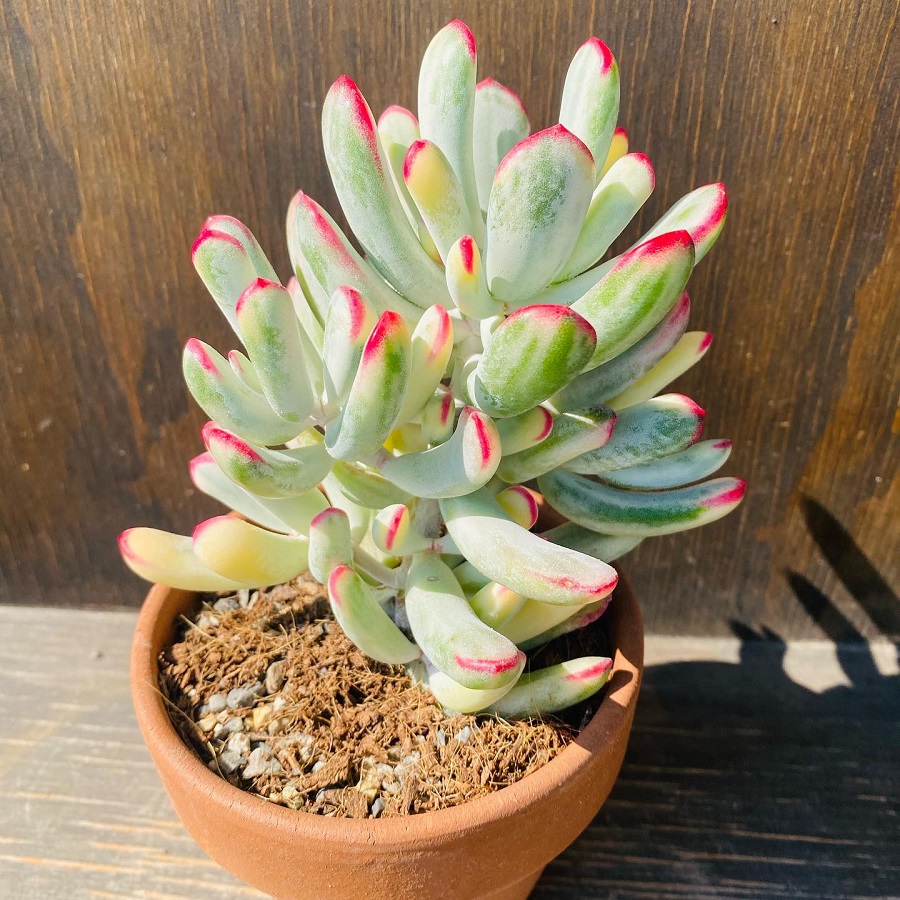
Here’s an ultra cool oblonga variety guaranteed to turn heads! Going by “Chalk Fingers” thanks to its pale green oblong leaves, this shrubby succulent really pops when it sends up clusters of tubular red, pink or yellow blooms.
Cotyledon orbiculata var. oblonga ‘Macrantha’
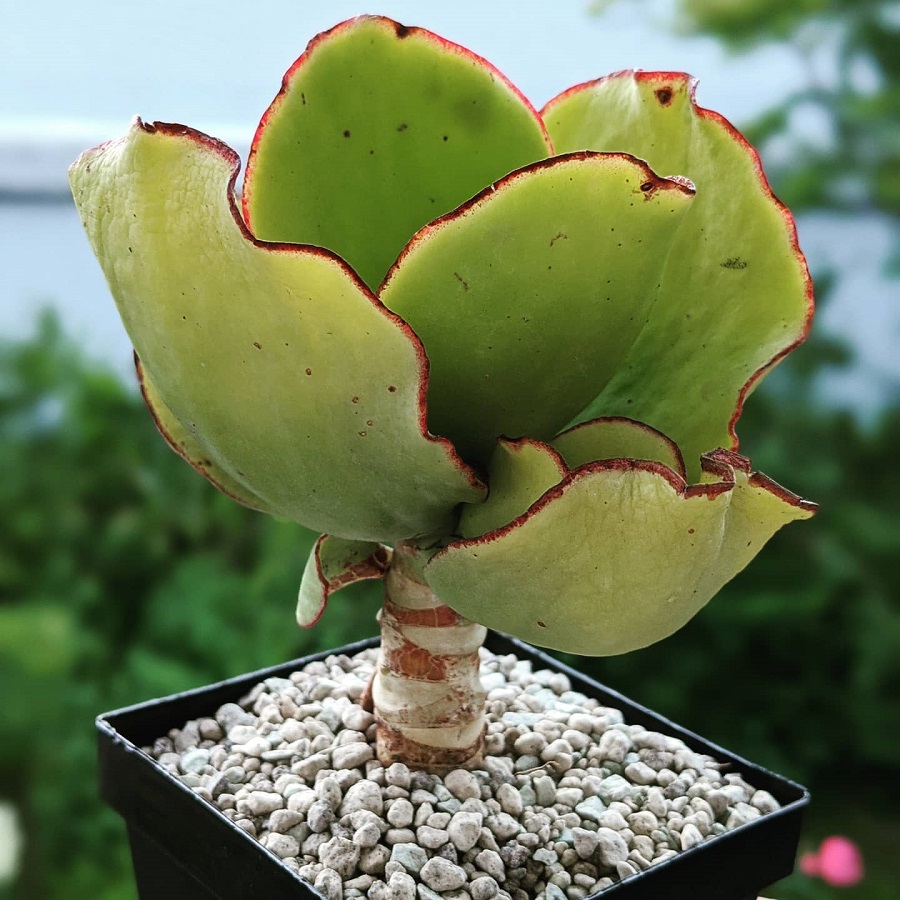
The ‘Macrantha‘ form of Chalk Fingers kicks it up a notch with gorgeous, fleshy paddle-shaped leaves edged in red. And when those showy coral-red bell flowers arrive in winter and spring? Showstopping! This flashy cultivar makes an awesome focal point even when not in bloom.
Cotyledon orbiculata ‘Silver Storm’
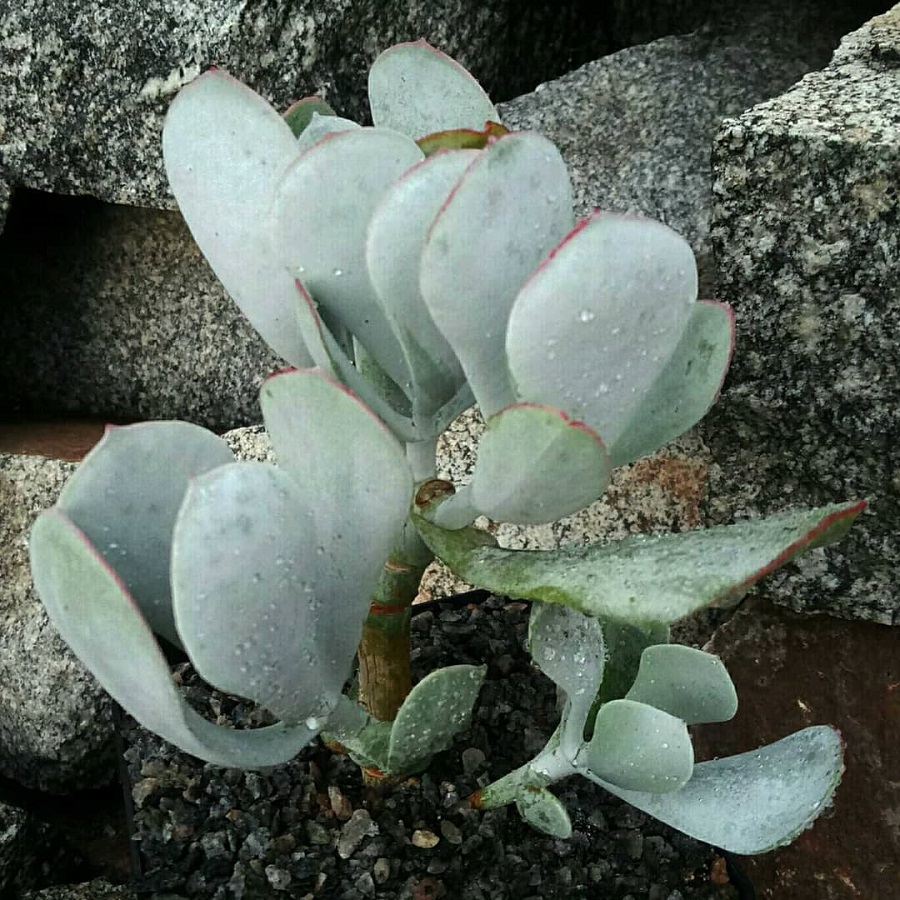
Here’s a calming presence to balance the bold cotyledons. ‘Silver Storm‘ has soothing bluish leaves edged in red, sending up sprays of orange flowers. Serenity now!
Cotyledon papillaris (Sprawling Pig’s Ears)
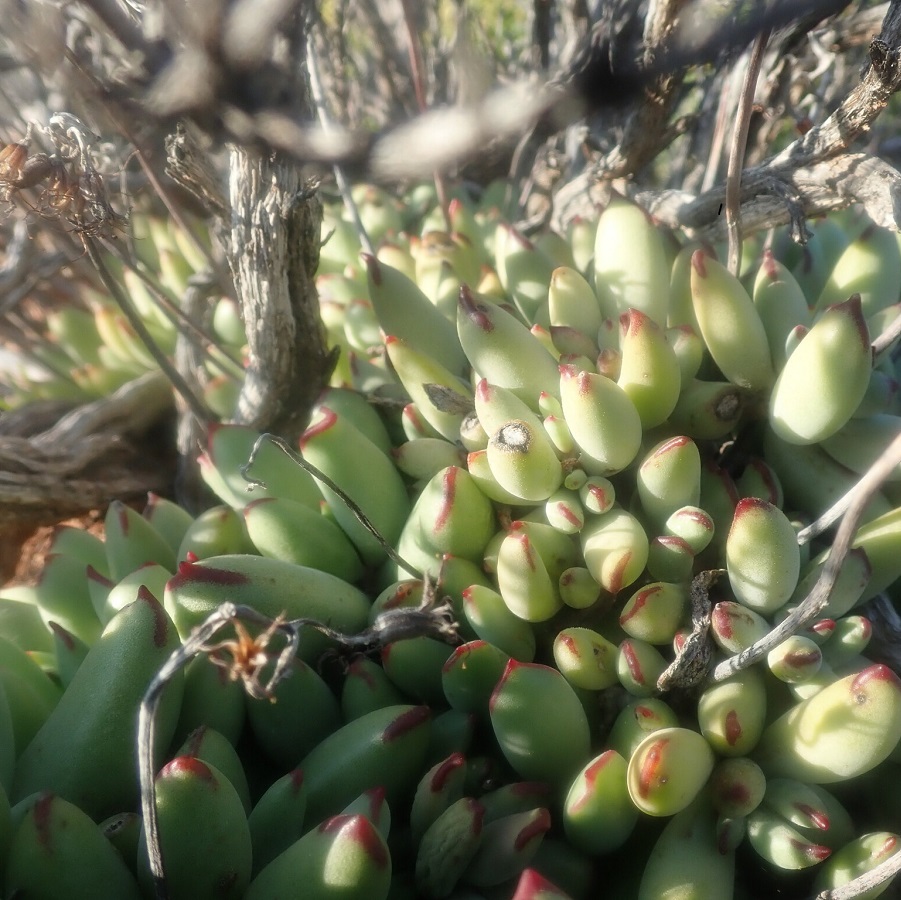
This one takes “chill” to a new level, sprawling and spilling its cheerful yellow-green leaves everywhere. The bell flowers add a pop of sunny orange-red.
Cotyledon pendens
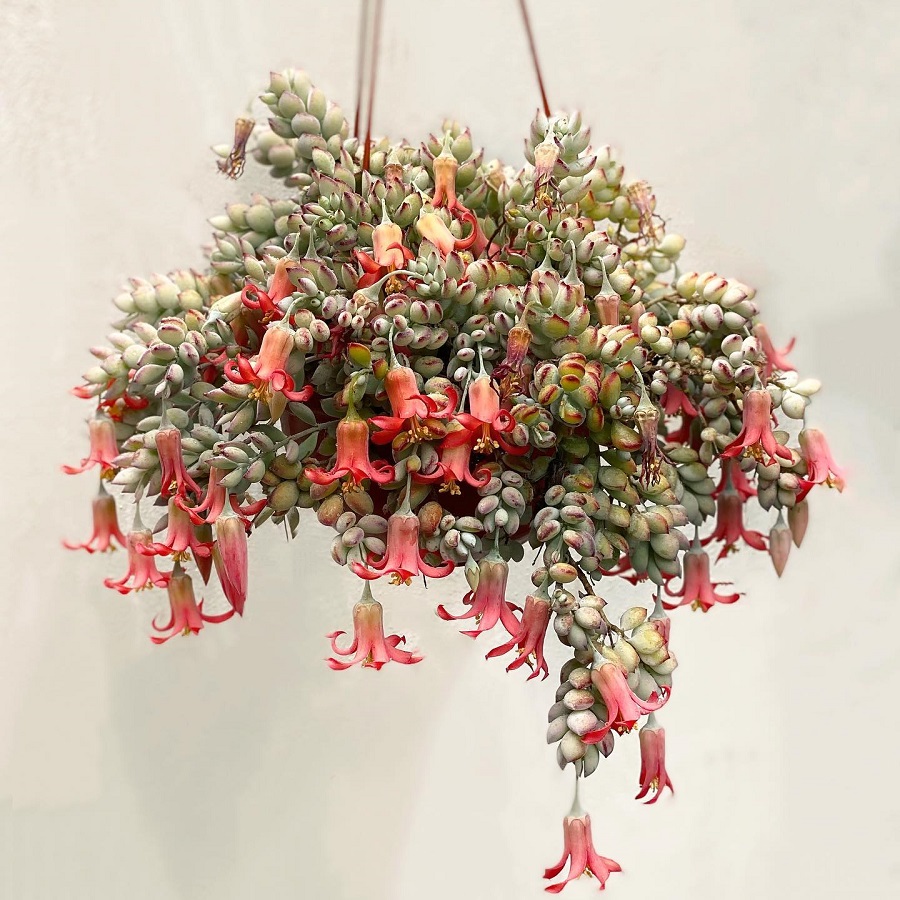
Imagine bright green tear-drop leaves dripping daintily over the sides of a hanging basket…that’s pendens for ya. It gets even cuter when fiery orange blooms arrive!
Cotyledon tomentosa (Bear’s Paw)
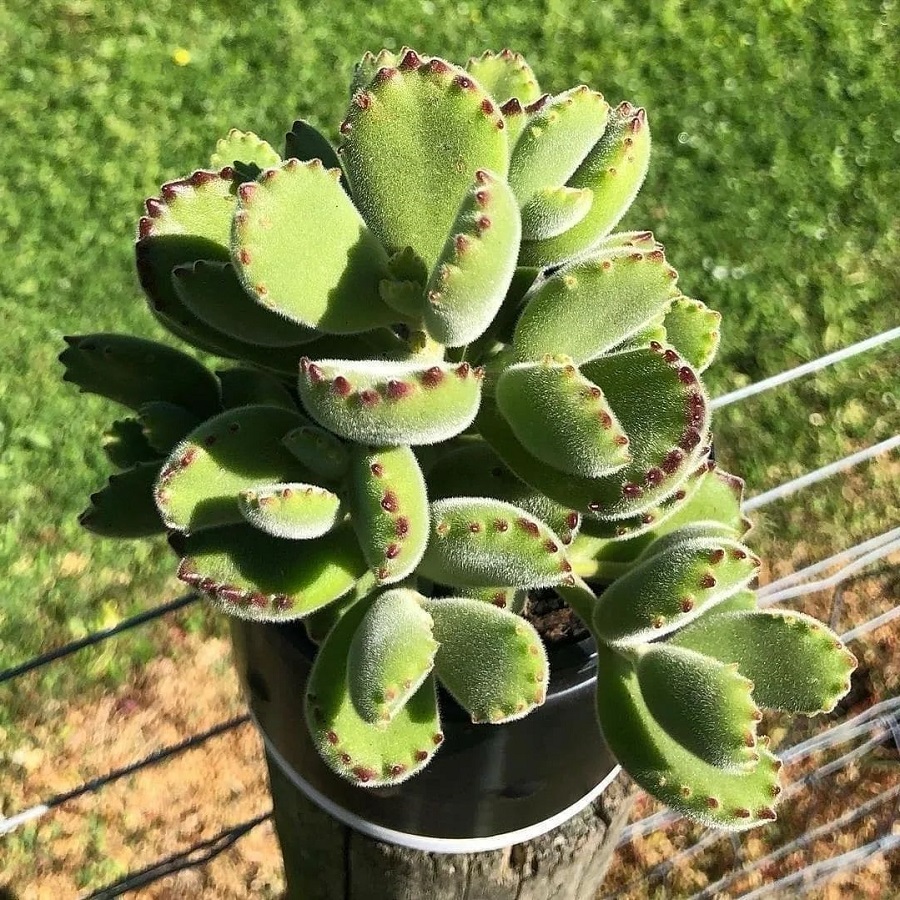
Don’t be scared – this furry green creature just wants to show off its cute paws! The hairy leaves have adorable little red teeth along the edges.
Cotyledon tomentosa subsp. ladismithiensis
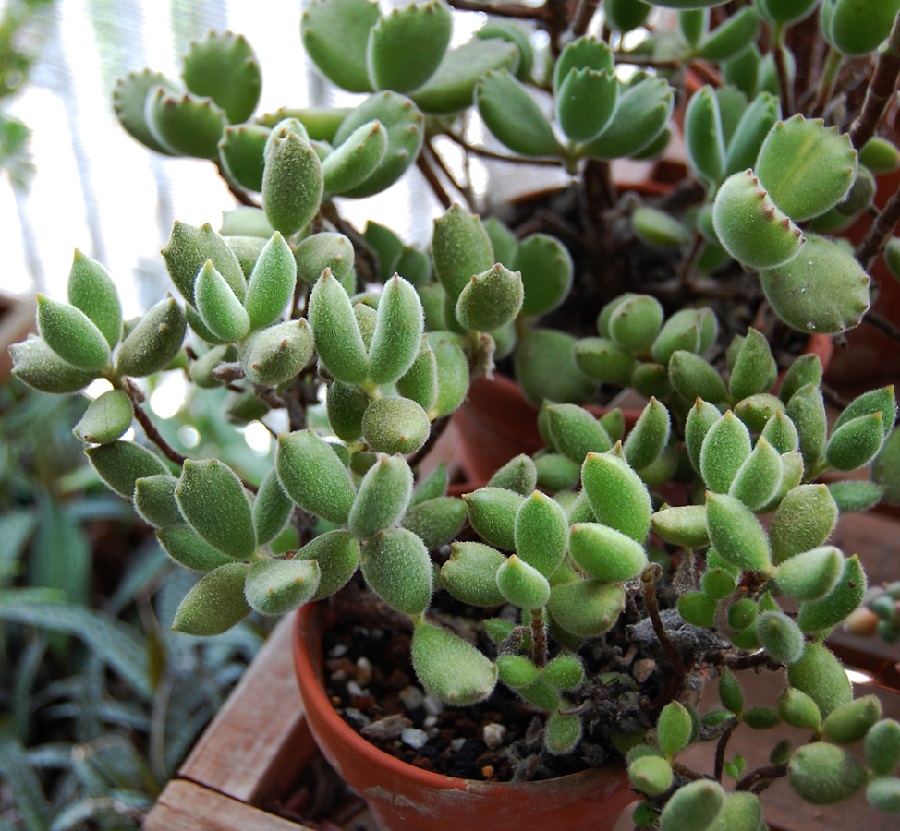
Another toothy member of the tomentosa family, only this rare find from South Africa sports yellow-green leaves with stronger branches.
Cotyledon velutina
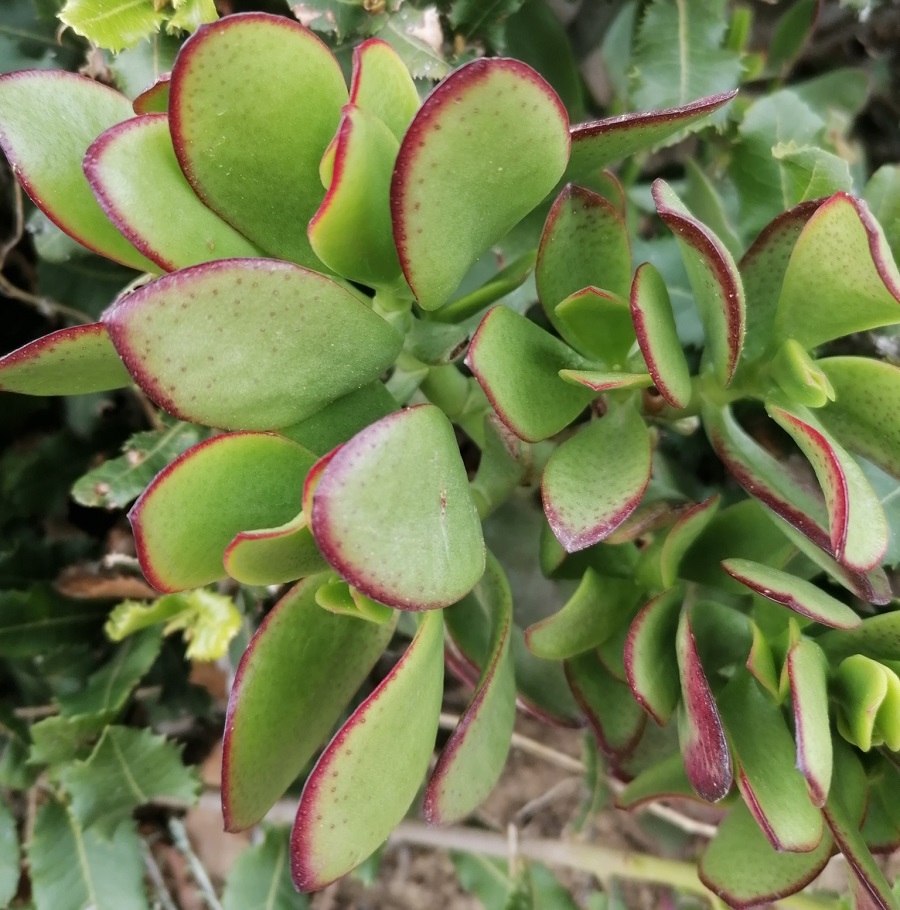
For those who like ’em tall, dark and handsome – meet the strapping velutina! This velvety looker can reach 10 feet with coppery blooms to match its purple bark.
Cotyledon woodii
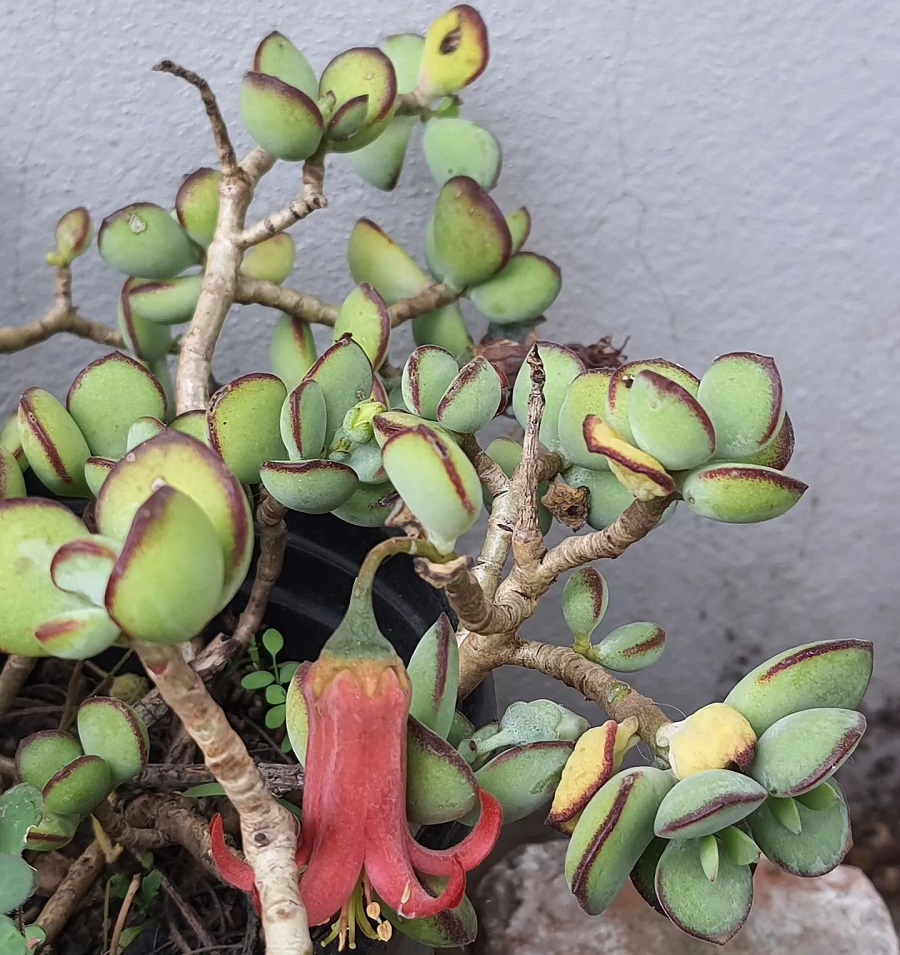
This bushy 4-footer blushes with charming rusty orange blooms that appear sporadically all year round on its ashy green stems.
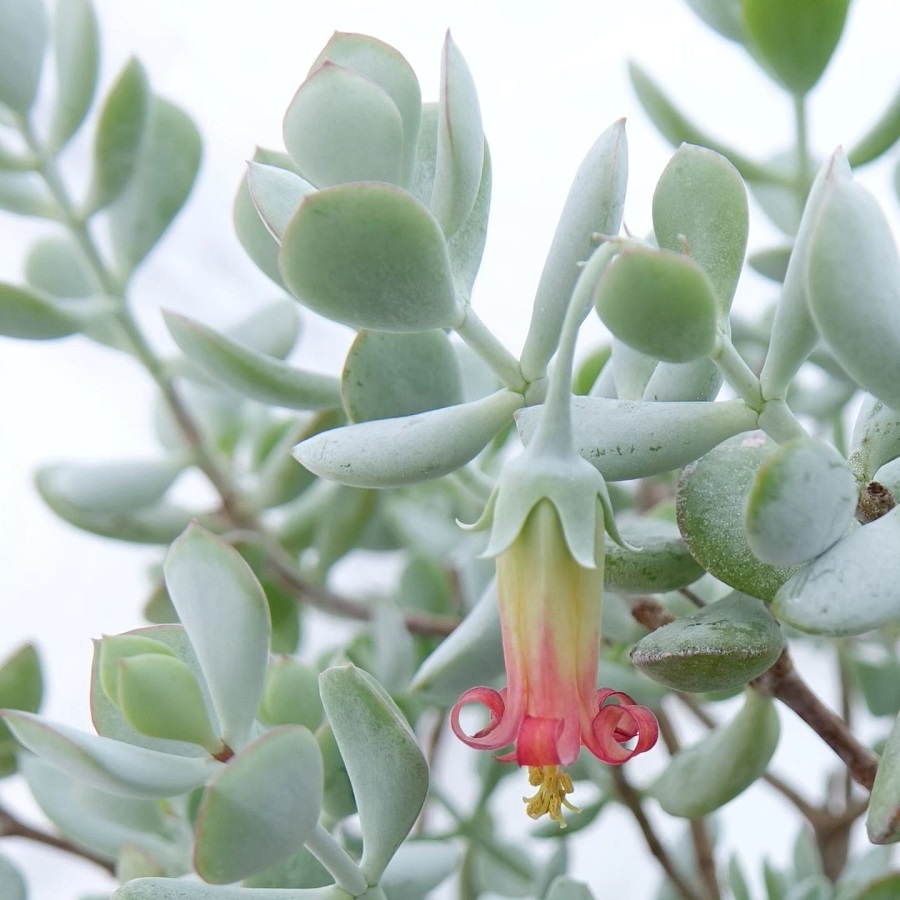
Same great woodii, now featuring a gorgeous grey-silver leaf coloring. This metallic muted tone really makes those fiery blooms pop!
Cotyledon xanthantha (Still Bay Pig’s Ears)
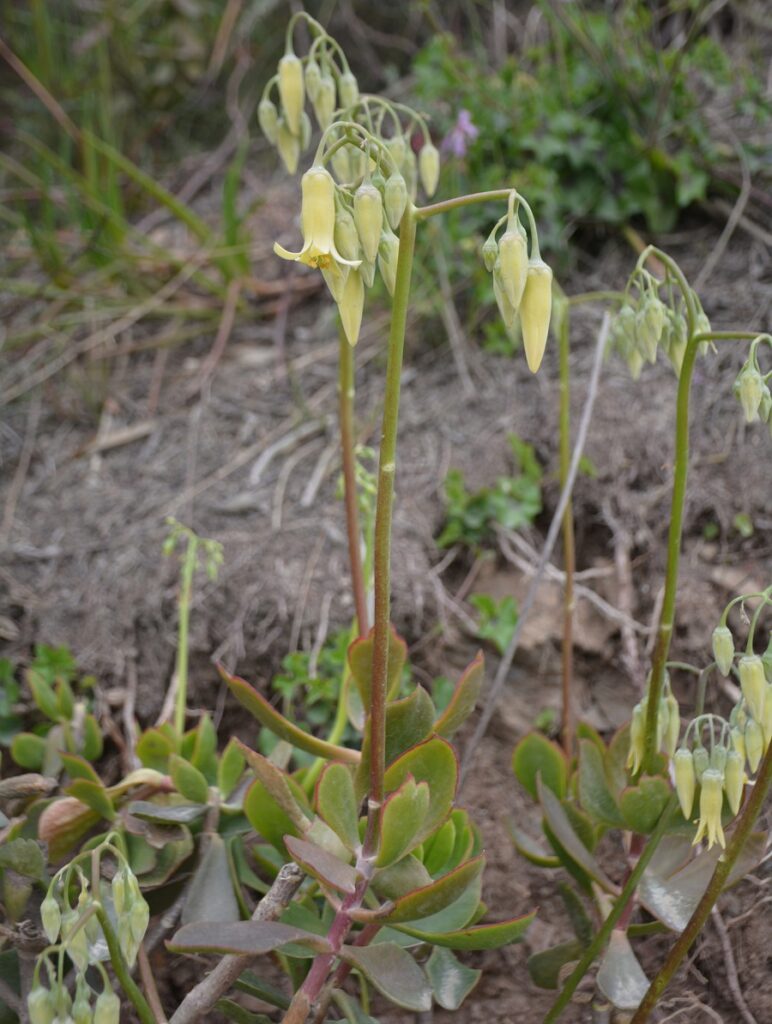
Last but not least, a newcomer to dazzle you with butter-yellow pendulous flowers. This tousled-hair scrambling shrub has the cool factor on lock.
Related Post:
1,000 Types of Succulents [With Pictures]
How To Care For Cotyledon Succulents
Now that you’re hooked on these funky succulents, let’s go over the basics to keep them happy and healthy!
Light
Like most sun-worshippers, cotyledons need plenty of bright light – around 6 hours daily is perfect. Too much hot direct afternoon sun can cook those unique leaves though. Morning sun is prime!
For indoor plants, set them near a sunny window. You can supplement with a grow light if needed. Just keep adjusting the light source as the seasons change.
Water
Succulents are notorious for hating wet feet, and cotyledons are no exception. Allow the first 4 inches of soil to dry out fully before thoroughly watering again. During the winter growth spurt, you’ll need to up the watering a tad when you see those bottom leaves start to wrinkle.
Whatever you do, avoid splashing water onto the leaves as this can lead to rot city. It’s best to err on the dry side with these Southwest desert natives!
Soil
You’ll want a super well-draining potting mix for your cotyledon pals. Go for a gritty cactus/succulent blend, or make your own by mixing some perlite or pumice into regular potting soil. As long as it’s porous and fast-draining, you’re golden.
Fertilizer
While cotyledons are pretty low-maintenance when it comes to plant food, they can benefit from a little nutritional boost. During the active growth period, you can feed them once a month with a succulent-specific fertilizer diluted to half strength. This gives them a gentle kick of nutrients to sustain their wacky growth habits.
Temperature and Humidity
Coming from hot, arid regions of South Africa, cotyledons can take the heat like champs. Lower humidity is also ideal. Just be sure to protect them if temps dip below 45°F – they’re not fans of frosty conditions at all!
Pests and Problems
The biggest issue for these chubby plants is rot from overwatering or cold conditions. Excessive moisture can lead to fungal diseases too. Keep an eye out for common succulent pests like mealybugs or scale, and treat them early.
Pruning
Since they’re slow growers, little pruning is required beyond removing any dead or damaged leaves or stems. You can give them a little shaping if needed, but be gentle!
Potting and Repotting
Always start your cotyledons off in a well-draining pot or container with drainage holes. The roots take their time spreading out, so repotting is only needed every couple of years in early spring.
How To Propagate Cotyledon Succulents
One of the coolest things about cotyledons is how easy it is to multiply your plant collection! You can propagate an entire new plant from just a single leaf – how’s that for mind-blowing?
Here’s the simple step-by-step process:
- Start by choosing a plump, healthy leaf from the center rosette of your plant. Gently twist or snip it off.
- Allow the leaf cutting to dry out for a day before propagating. This prevents rotting.
- Once it has calloused over, you can dip the end in a rooting hormone if desired (but not required).
- Now just pop the leaf into a fresh pot of succulent/cactus mix and watch it work its magic!
- Within several weeks, you should see baby roots and a new rosette forming from the leaf.
- Keep the soil moist but not soggy while roots establish.
- Once the new cotyledon plant is larger and has grown its own root system, you can transplant it into its permanent home.
See, told you it was easy! Propagating these funky succulents is almost as much fun as growing and admiring them. Get ready to have a whole new cotyledon crew taking over your space.
